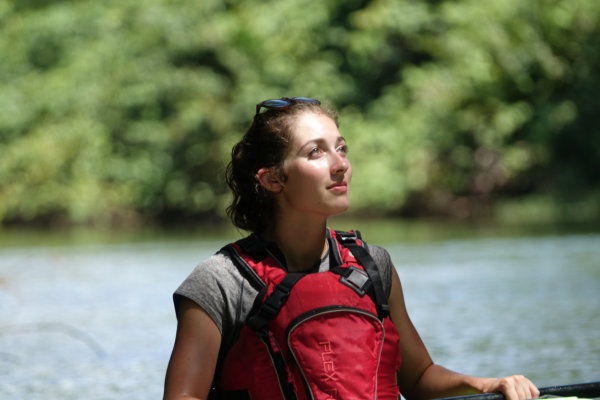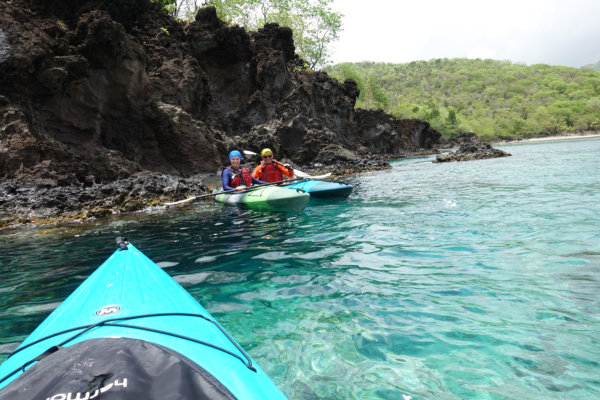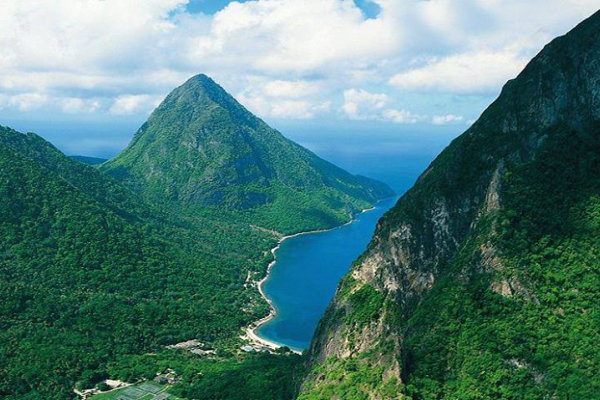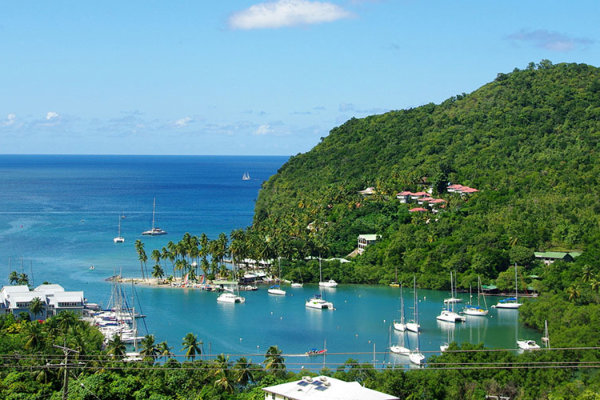
In an effort to experience the fullest potential of a tropical volcanic island, the St Lucia Kayak Center offers two distinct programs
Utilizes one or two lodging locations - This program is designed for clients who would rather traverse the island from a central location.
Utilizes more than two lodging locations - This program is designed for clients who would rather traverse the island from de-centralized locations (the back-packed concept always on the move).
The St Lucia Kayak Center offers two vacation packages (5 and 7 nights) based on airline flight arrival and return schedules - Contact Us for 4, 6 and 9 Nights Stay Packages - 10% Vat Not Included
Our kayaking tour packages are open to all levels from the non-experience to the seasoned enthusiasts. The only pre-requisite is the ability to swim.
As part of our kayak tour experience the St. Lucia Kayak Center aims to explore particular areas of interest inclusive of but not limited to the following:
Marine and terrestrial environmental awareness
History and culture incorporating archeology
Flora and Fauna
Kayak fishing, kayak snorkeling (day and night) and kayak scuba diving
Visits to coastal villages and communities
Visits to remote islets along the Atlantic Ocean and Caribbean Sea
Visit to the capital city of Castries with its iconicfeatures including food and craft market, 100 year old cathedral and city square and monuments
Visit to Soufriere with its waterfalls and botanical gardens, also home to the world heritage twin pitons
Visit to the famous Gros-Islet and Dennery creole food festivals and night life
*Please note this itinerary is flexible and can vary from day to day, based on weather conditions and client preferences. This is an actual description of how a typical trip will unfold.
Introduction to St Lucia – your adventure begins from the moment you arrive on this spectacular island. The journey from the south of the island to the north is about 1 ½ hours this time is used to present this tropical volcanic island with scenic stops and a taste of island life. On arrival at Marigot Bay the hotel staff take over with a brief orientation of the property including venue for dinner. The rest of the afternoon is yours for relaxation and peace – Program I
The kayak/dive center is on property and day 2 is the beginning of your equipment familiarization, training and light tour experience. Take part in an environmental kayak tour of our mangrove forest, canopied wet lands and sea kayak coastline. The morning will be spent on kayak, snorkel and safety techniques.






The Island’s second largest town all flanked to the north by the towering ranges of the central forest reserves and where the southern tip of the island terminates into the Atlantic Ocean where the land also merges with the Caribbean Sea. This relatively flat undulating landscape with an abundance of freshwater and soil rich from volcanic activity was well suited for agriculture by the early Amerindian (where an abundance of settlements were unearthed by archaeologists) and later by the Europeans conquerors who carved the lands into large productive plantations of bananas, coconuts, cocoa and sugar cane all introduced (non-native) to the island. Today these areas have been replaced by smaller farms and fishing village coastlines.

These islands are located along the southern tip of St Lucia about ½ a mile from the Atlantic coast of Pointe Sable in Vieux Fort. In 1982 these islands were designated a Nature Reserve by the government of St. Lucia in recognition of its valuable wildlife habitat among which includes over 80 plants species and five endemic reptile species. A spectacular sight to behold during the West African bird migratory nesting season May to August.

One of the better defined coastal mangrove forest found in St Lucia was designated as a Marine reserve in 1986 by the government of St Lucia. This low lying tropical dry forest is home to an abundance of bird species including one endemic species (the St Lucian Black Finch – melanospiza richardsoni) and many migrants including egrets, herons, kingfishers, warblers, ducks and waders. Combined with the Pointe Sable nature reserve, this area is approx. 774 hectares in size along the south to southeast coast of St Lucia is dominated by three mangrove types and is very important for migrants and water birds as the largest wetlands in St Lucia. The marine life is just as important with juvenile fish species finding a home among the mangrove and sea-grass flats.

Named in honor of the French Governor de Micoud who ruled St Lucia from 1768 to 1771. The suitability of the harbor for fishing and the ready availability of the freshwater from the Troumasse River are the principal factors cited by archaeologists as evidence of intense Amerindian presence in this area. Boarding Micoud to the north is the coastal fishing village of Praslin, home to Praslin and Frigate Islands, where many bird species reside including the magnificent frigate, herons, yellow-eyed, brown-feathered tremblers and the St Lucia orioles most of which are mainly found on the Frigate Islands Nature Reserve.
per person
per person